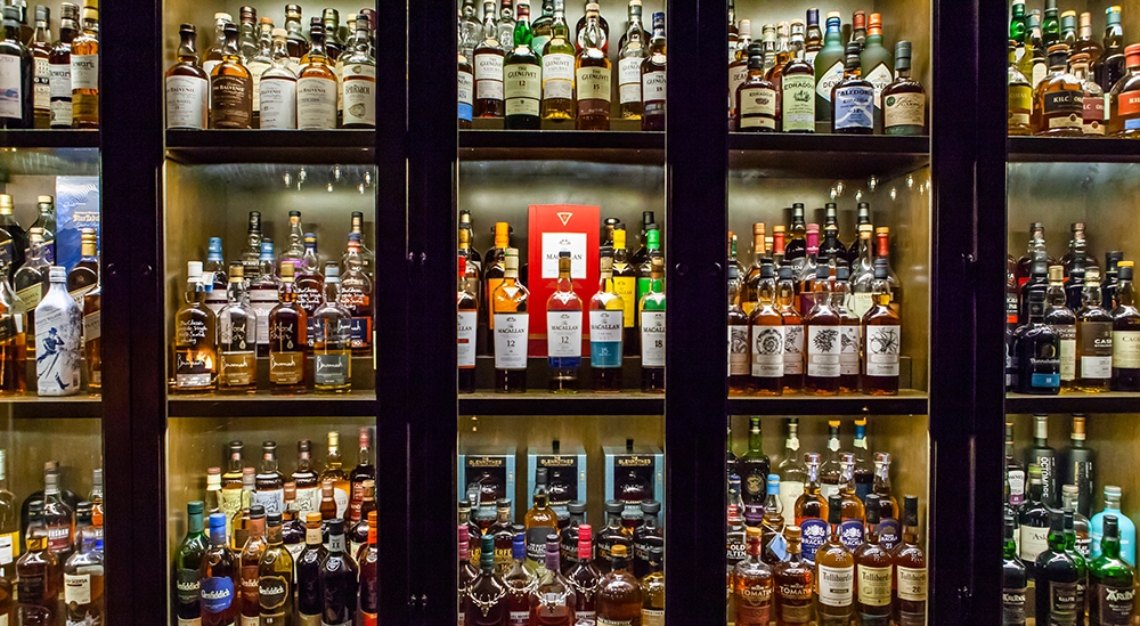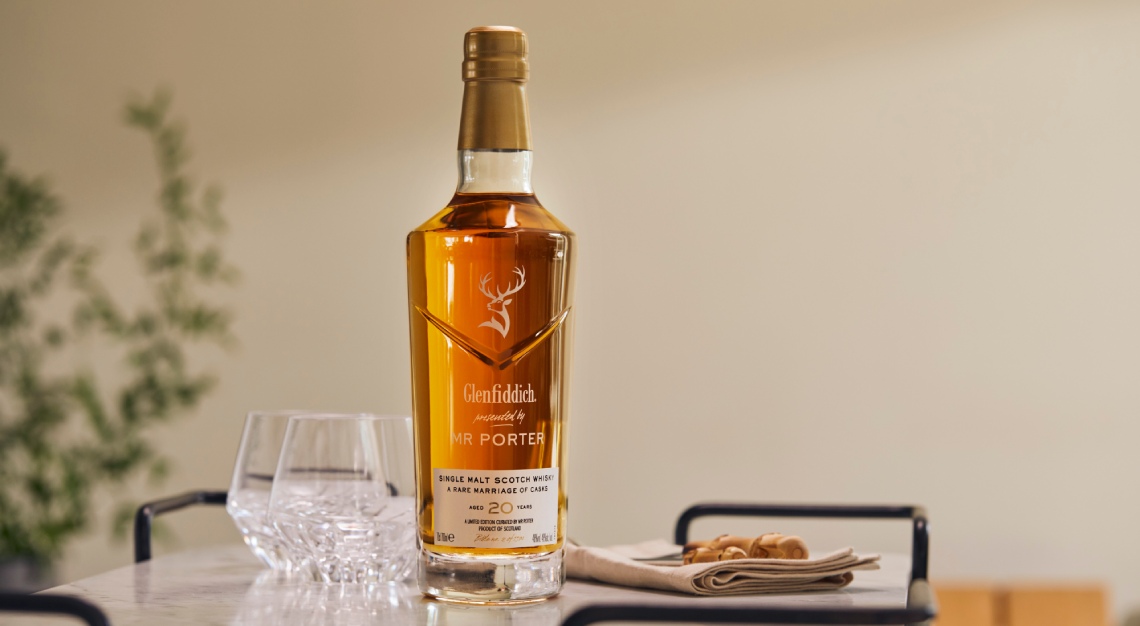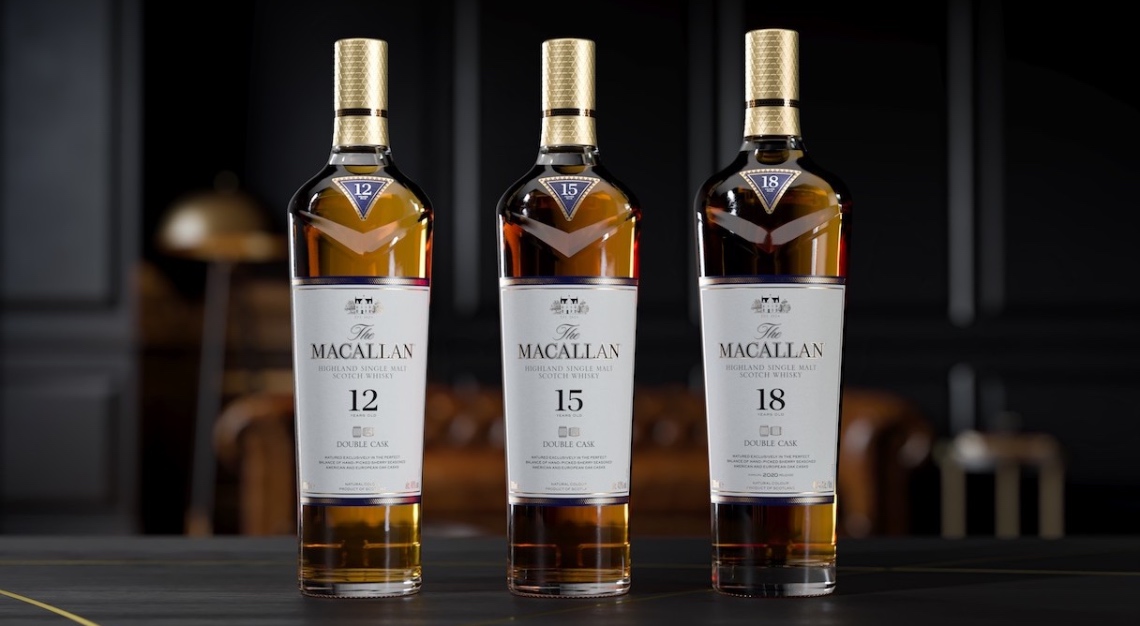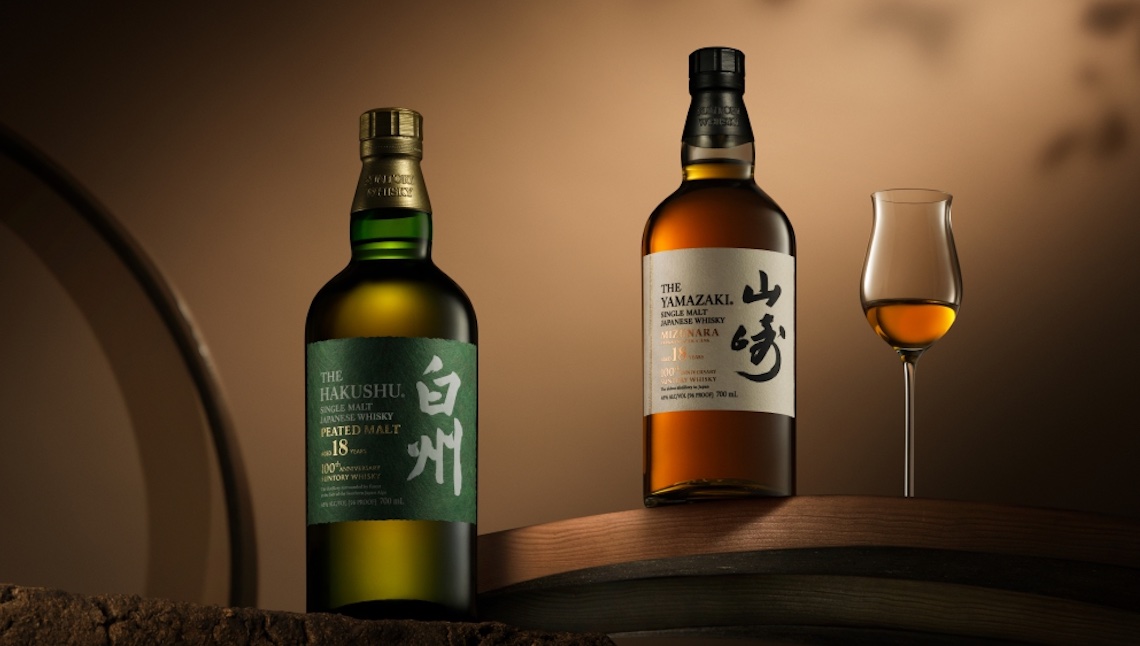Nothing could possibly go wrong by giving life to ancient agricultural strains, right?
It seems we have learnt nothing from the prescient lessons of Jurassic Park, because Scottish researchers are working on reviving heritage barley varieties that have been gone for nearly 200 years—which could possibly be used to make whisky. If successful, hopefully these single malts will be easier to control than velociraptors.
This isn’t the first time there has been an attempt to bring back barley from the dead. As we reported recently, Waterford Whisky’s new Heritage: Hunter Irish whiskey expression was made using barley that dates back to the late 1950s but has not really been used for about half a century. The point of all of this is to try to revive flavours that might have been present in whisky decades or even centuries ago. According to a recent article at BBC News, researchers at Edinburgh’s Heriot-Watt University are experimenting with a minimum of eight barley varieties over the next six years. These include Chevallier, a 200-year-old strain that was the most popular in the UK for a century, Hana which was grown in Moravia and used to make Pilsner beer, and Golden Promise which was in the mashbill for Macallan whiskey from the 1960s.
“There’s increasing interest within the malting and distilling industries to explore a role for older barley varieties,” Heriot-Watt’s Dr. Calum Holmes told the BBC. “There’s hope that using these heritage varieties of barley might allow for recovery of favourable aroma characteristics into distillate and some have also displayed potential resilience to stresses that might be expected in a changing climate.”
One distillery that is eager to use these old heritage barley varieties is Edinburgh’s Holyrood, a newer operation that opened in 2019 and is currently bottling new make spirit while its whisky ages, along with rum, vodka and gin. “We decided to try making some mashes and distillations with Chevallier,” head of operations Marc Watson told The Spirits Business. “The first thing we noticed was an oilier mouth texture, it had a great mouthfeel. We think there are clear sensory differences with using heritage barleys, but we wanted to back it up with science.” Bruichladdich is another distillery that has been playing around with this concept, and has worked with the University of the Highland’s and Island’s Agronomy Institute for many years to reintroduce Bere barley into the whisky industry, a variety that dates back thousands of years.
There are some who might argue that the process of distillation inherently removes the flavours that a new (or zombie) barley strain would bring to the palate, but the proof is in the whisky-flavoured pudding. Given that barrel and still type also profoundly affects the flavour of whisky, try the aforementioned Heritage: Hunter or Bere expressions next to their counterparts to see how they differ for yourself. And it looks like we’ll have plenty of other options to sample from in the not too distant future.
This article was first published on Robb Report USA






